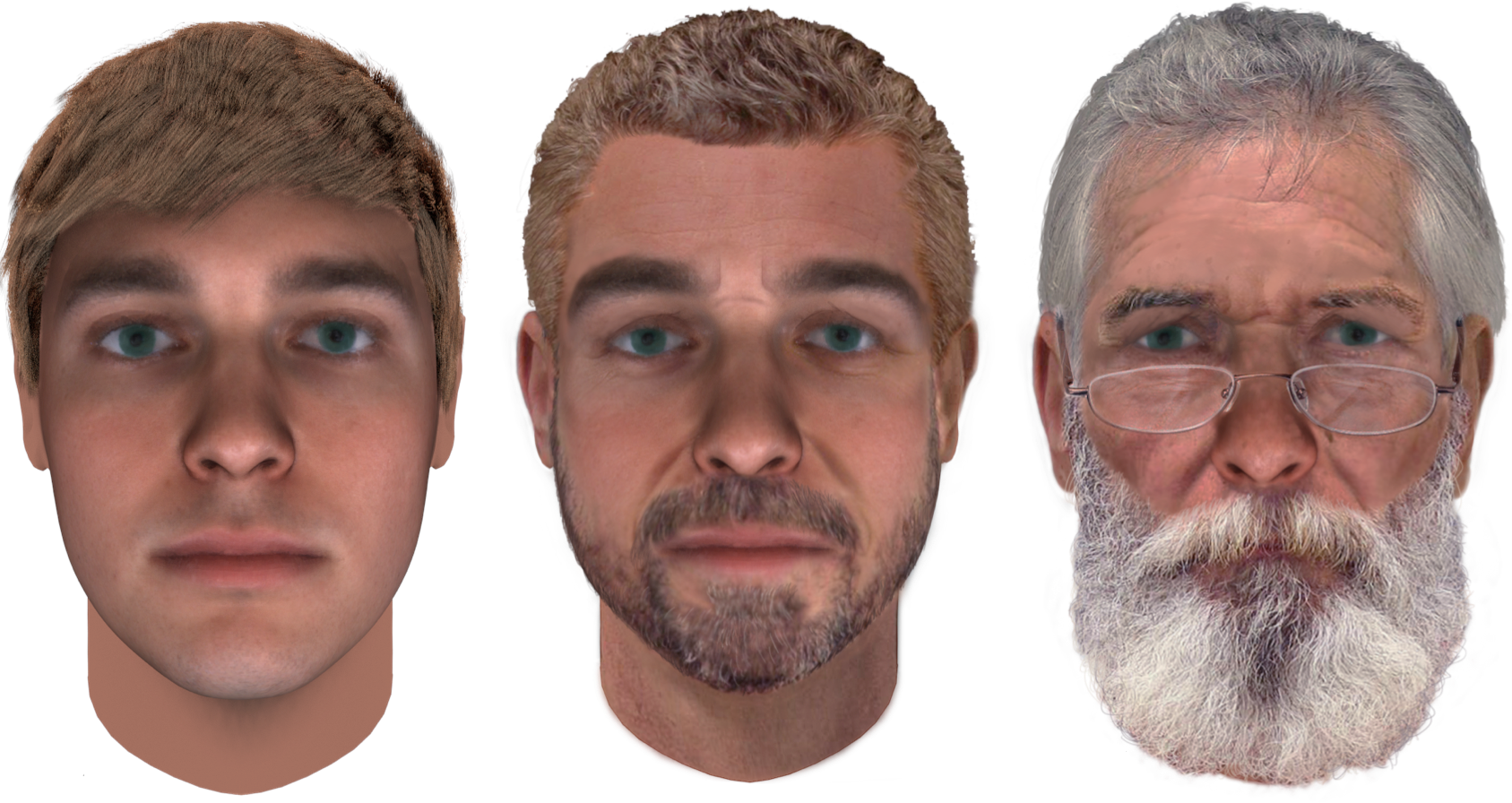


A careful study of the muscle attachment sites on the skull and the subtle asymmetries of the face should be made while creating the drawing. The tissue depth markers act as a guide to the contours of the face. This deals with the development of the individual features upon the face. Step 2: A piece of opaque paper is placed over the print of the skull and the artistic phase begins. The photograph is then printed in one-to-one prints or life size enlargements. The skull is then photographed, taking care that it is set in the Frankfort Horizontal position (attained by placing the bottom of the eye-orbit horizontal to the top of the external auditory meatus, or bony ear hole) so that there is no perspective distortion. The tissue depth markers are then glued to the skull at the appropriate anthropological landmarks using a cement glue, which is later removed with acetone. The tables are further divided by slender, normal or obese groupings, as well as by the sex of the individual.

The tables are prepared for Native Americans and persons of Asian descent, African-Americans or persons of African-derived heritage, and American Caucasoid, or persons of European descent.
AGE PROGRESSION PROGRAMS SKIN
The study took into consideration the thickness of muscle, fatty tissue and connective tissue, as well as skin thickness at a particular morphological landmark on the skull. The tissue depth data chart is compiled from a study on the tissue depth of cadavers done by Rhine and Campbell in 1980. Vinyl eraser strips are cut to the exact length (in millimeters) according to the tissue depth date chart appropriate for the individual. Step 1: This is the technical phase of the reconstruction. In most cases where the body is badly decomposed, a facial reconstruction from the actual skull would have to be done. The postmortem drawing would be done if there was enough of the soft tissue still left on the skull. The identification can them be positively made by DNA or dental comparisons.īased on the condition of the remains, the forensic artist must first decide whether to do a postmortem drawing from the morgue photos, or a two or three-dimensional reconstruction of the face from the skull. The forensic artist's image can assist investigators in searching missing persons databases. This is done when human remains are recovered but investigators have been unable to identify the body. The composite sketch is often an important tool in the investigation.įorensic artists may also be called upon to assist with a post mortem drawing or facial reconstruction from a skull. The law enforcement agency then works with the media and other agencies to circulate the composite image to the general public to generate tips as to the identity of this suspect. The composite image can also include objects such as tattoos, clothing, vehicles and jewelry to aid in the investigation. The artist interviews the victim/witness on the various features of the face, documents these features, and creates a two dimensional likeness of the suspect involved in the crime. Most often, a forensic artist is called upon to interview a victim or witness about the description of a suspect from a crime in which there are no other leads. These include 2-Dimensional and 3-Dimensional facial reconstructions from the skull, as well as sketches and computer generated images.


 0 kommentar(er)
0 kommentar(er)
